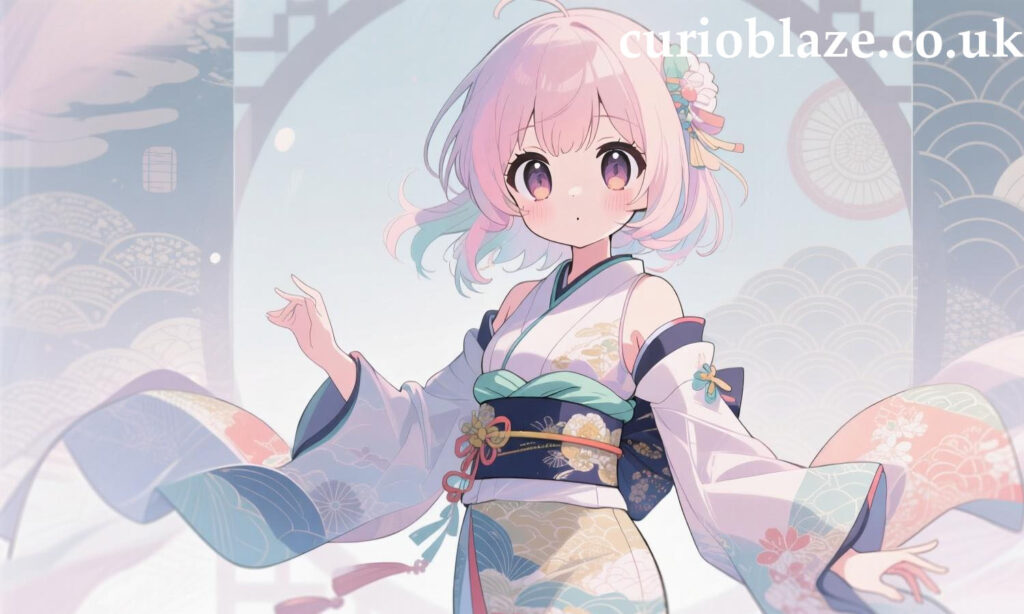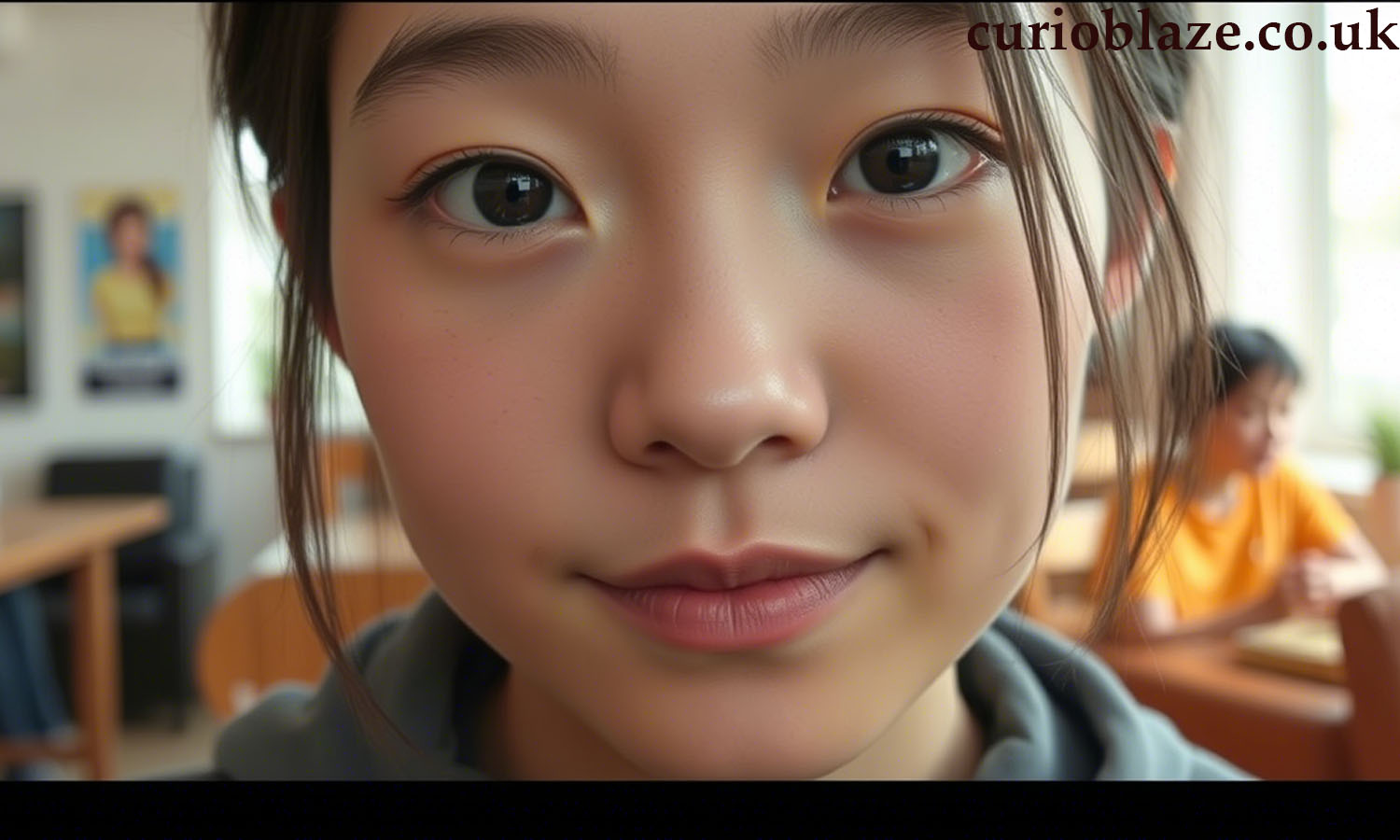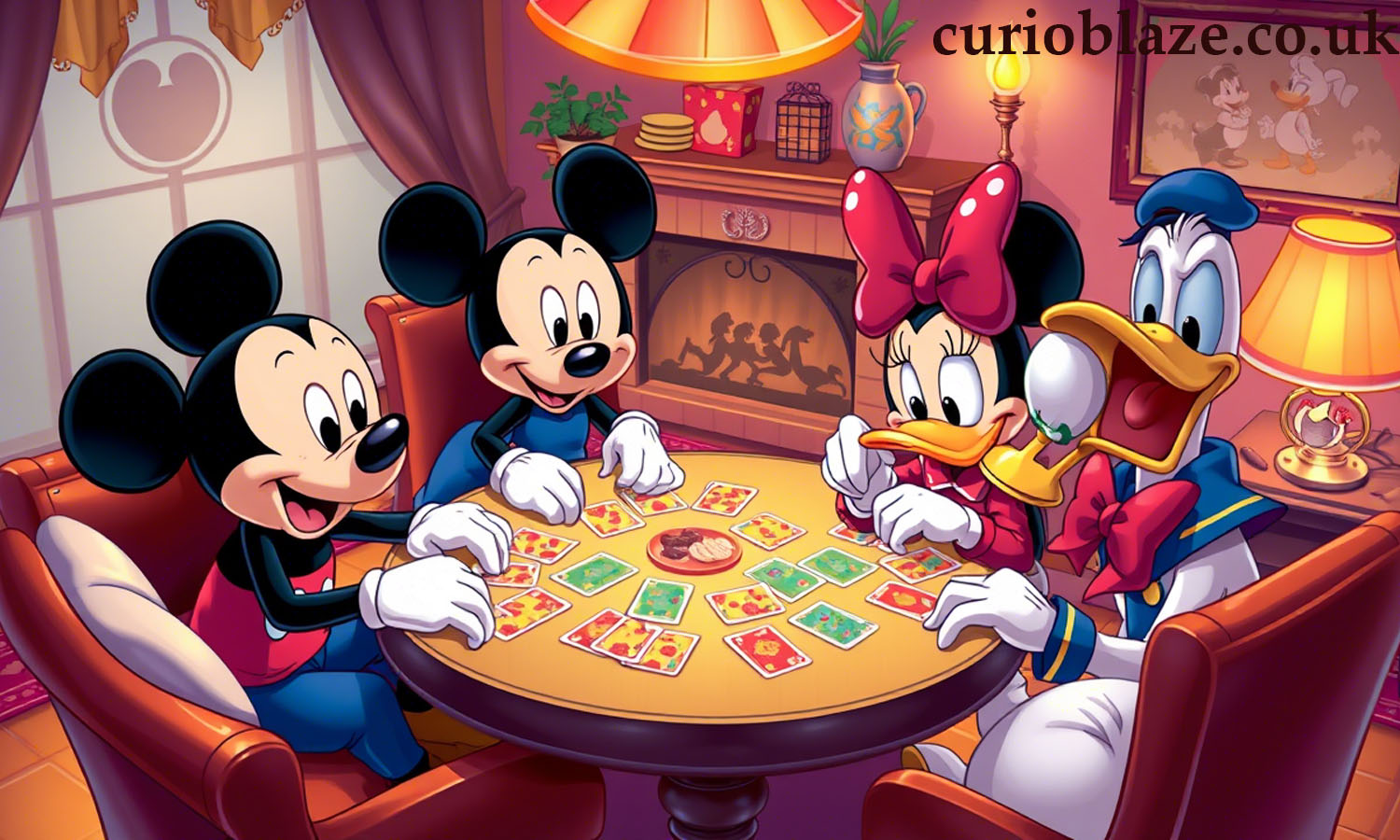doujen moe: A Comprehensive Guide to the World of Doujinshi and Moe Culture
In the expansive universe of Japanese subcultures, there is a unique and fascinating phenomenon known as doujen moe. The combination of doujinshi (self-published works, often fan-made comics) and moe (a term describing affection for characters, often in an endearing or innocent way), forms a compelling niche within the anime and manga world. doujen moe has grown into a significant aspect of fandom, contributing to both amateur artistic expression and a deep cultural phenomenon.
In this article, we’ll dive into the origins, impact, and significance of doujen moe, exploring its relationship to the broader fan culture, the rise of fan-driven creation, and its ongoing influence in the realms of anime, manga, and beyond.
What is doujen moe?
To truly understand doujen moe, we must first explore the core concepts of doujinshi and moe. Both of these terms hold substantial meaning in Japanese pop culture and play a vital role in shaping the world of fan art and fan fiction.
Doujinshi: The Heart of Fan-Created Works
Doujinshi are self-published works created by independent artists, typically related to existing media such as manga, anime, video games, or other franchises. These works range from fan-made comics and illustrations to novels, music albums, and even video games. They allow creators to explore their personal interpretations, imaginations, and often provide alternate storylines or new characters within their beloved universes.
What makes doujinshi particularly intriguing is its nature as a form of self-publishing. Artists do not require the backing of major publishers, and these works can be shared freely among fan communities. While some doujinshi works remain non-commercial, others can be sold at conventions and online, where they gain traction within specific fan circles.
Moe: The Appeal of Innocent, Adorable Characters

Moe is a term used to describe a sense of affection, adoration, or even obsession with fictional characters, often because of their innocence, cuteness, or vulnerability. The term emerged from anime and manga fandoms in the late 20th century and has since permeated many aspects of Japanese popular culture. A moe character is typically someone who evokes these feelings through their design, personality, or backstory—characters like anime girls who embody charm, purity, or a sense of helplessness.
The concept of moe can be seen in a variety of media, from anime shows to video games and beyond. In the world of doujinshi, many fan creators express their love for moe characters by creating works that amplify or explore these feelings of adoration in new and creative ways.
When combined, doujinshi and moe give rise to the distinctive doujen moe culture, where fan-created works often focus on the endearing, innocent, or whimsical aspects of beloved characters.
The Rise of doujen moe in the Anime and Manga Communities
The fusion of doujinshi and moe led to the blossoming of a new wave of creative freedom for fans and amateur artists. In Japan, doujin culture had been flourishing for decades, with the first notable doujinshi event, Comiket (Comic Market), taking place in 1975. Comiket became the largest venue for doujinshi distribution and has continued to be an essential part of the fan-created art scene in Japan.
However, it wasn’t until the late 1990s and early 2000s that moe culture began to merge more seamlessly with doujinshi works. As anime and manga fandoms grew in size and diversity, the term moe began to define a specific type of affection for characters, especially in the realm of fan art. This also coincided with the internet boom, where online platforms allowed artists to share their creations, and fan works began circulating widely, increasing their visibility and reach.
Creators began making doujinshi that not only paid homage to the characters of mainstream franchises but also explored moe elements in new ways. Artists would create adorable, heartwarming scenarios that featured their favorite moe characters in a more intimate light, often pushing the boundaries of these character traits to generate emotional responses from fans.
The Cultural Significance of doujen moe
doujen moe represents more than just fan art—it’s a movement that highlights the growing influence of fandom and the power of self-expression. Through fan-created works, artists explore themes of identity, personal connection, and the desire to create alternate worlds. It also serves as a counterpoint to the polished, commercialized nature of mainstream anime and manga.
Moreover, the evolution of doujen moe reflects a deep sense of community within fan cultures. These works provide a space for like-minded individuals to come together, discuss shared interests, and exchange creative ideas. doujen moe has enabled fans to move beyond passive consumption of media to active creation, where they can contribute to the expansion of a larger cultural dialogue.
The Influence on the Professional Industry
While doujinshi began as an independent, amateur pursuit, some works have crossed over into the professional realm. Many artists who started out in the doujinshi world later went on to gain recognition in the anime and manga industries. The doujen moe subgenre has had a profound influence on how certain anime and manga are created, as creators who grew up with fan-driven media are now incorporating moe elements into mainstream works.
In fact, it’s not uncommon for popular characters in anime and manga to evolve into moe icons over time, as they are reinterpreted by the fan community. This can lead to significant shifts in how these characters are perceived, with their moe qualities becoming central to their appeal and success.
Frequently Asked Questions (FAQs)
1. What is the difference between doujinshi and professional manga?
Doujinshi refers to self-published works created by independent artists, often without the backing of major publishers. Professional manga, on the other hand, is created by professional artists and published by recognized publishers like Shonen Jump or Kodansha. Doujinshi is often more experimental and personal, while professional manga follows established industry standards.
2. Can doujinshi creators make money from their works?
Yes, many doujinshi creators sell their works at conventions like Comiket or through online platforms. While these works are often fan-driven, some creators find commercial success through fan donations or selling limited prints, though it’s essential for them to respect copyright laws.
3. Why is moe culture so popular in Japan?
Moe culture is a form of emotional attachment to fictional characters, particularly those that evoke feelings of innocence, purity, or cuteness. This deep affection creates a sense of connection and comfort for fans. Moe has become embedded in anime and manga as a way to capture the heartwarming or idealized traits of characters.
4. Is doujen moe just about fan art?
While doujen moe is often associated with fan art, it also extends to fan fiction, music, and other creative works. The core idea is that it involves creating works based on existing media that explore or emphasize the moe qualities of characters.
5. Can doujen moe appeal to non-Japanese audiences?
Yes, doujen moe has a global fanbase. Thanks to the internet, fans from around the world can access doujinshi works and participate in fan-driven communities. While doujen moe has roots in Japanese culture, its universal themes of affection for characters resonate with international audiences.
Conclusion
doujen moe is more than just an aesthetic trend; it’s a profound reflection of fandom, artistic expression, and the love for fictional characters. As the lines between professional and fan-created art blur, doujen moe continues to thrive, enriching the world of anime and manga while fostering a sense of community among creators and fans. It is a testament to the enduring power of creative passion and the deep emotional connections formed through art, even when that art is born from a personal love for characters in the fictional realm.
Read More : Lufanest: Understanding Its Uses, Benefits, and Frequently Asked Questions








Post Comment